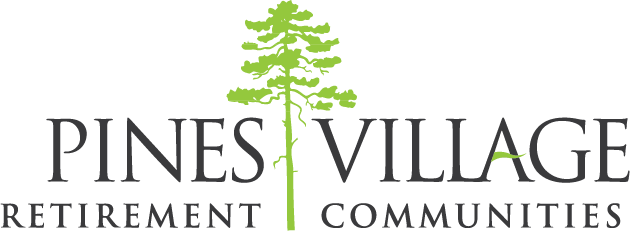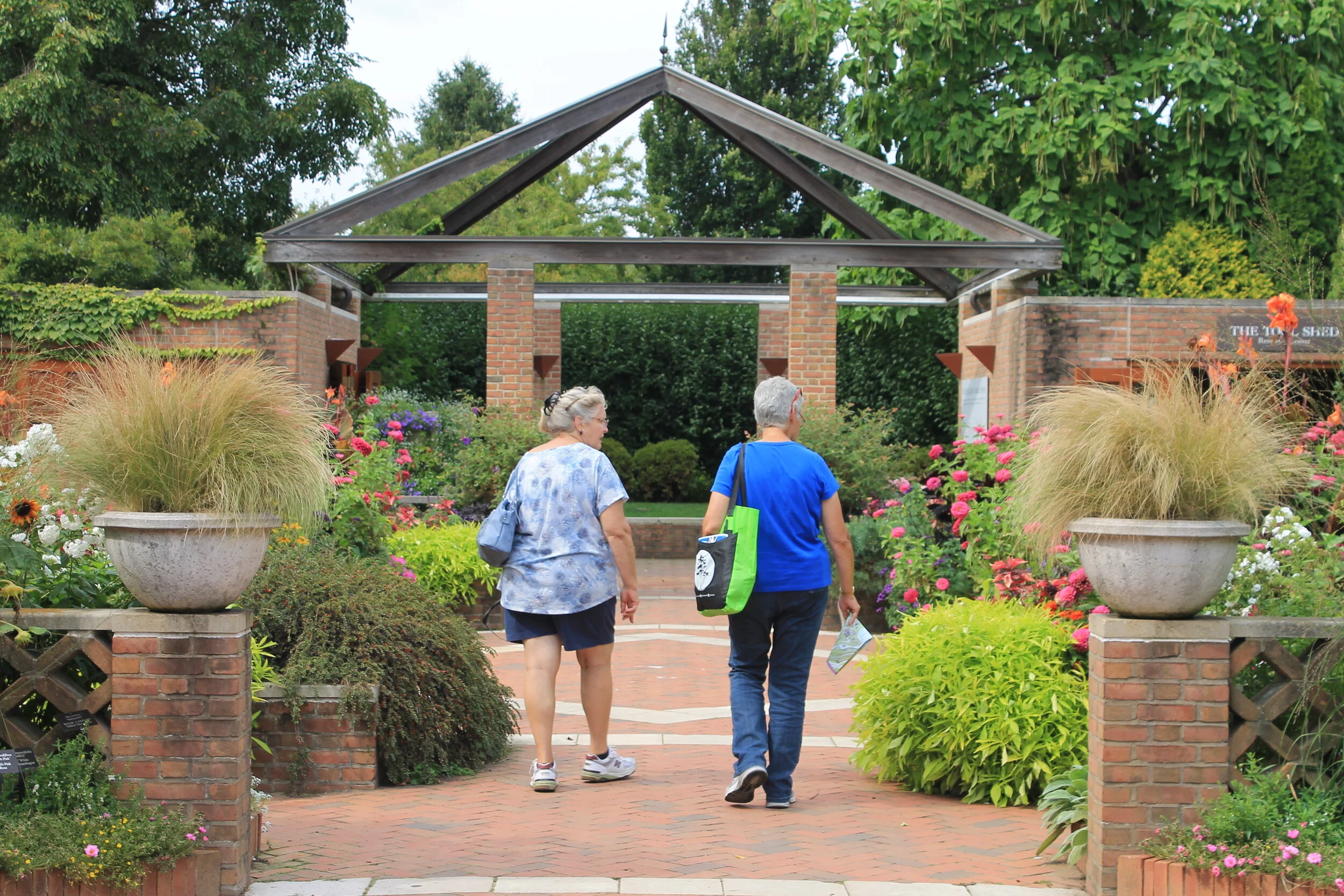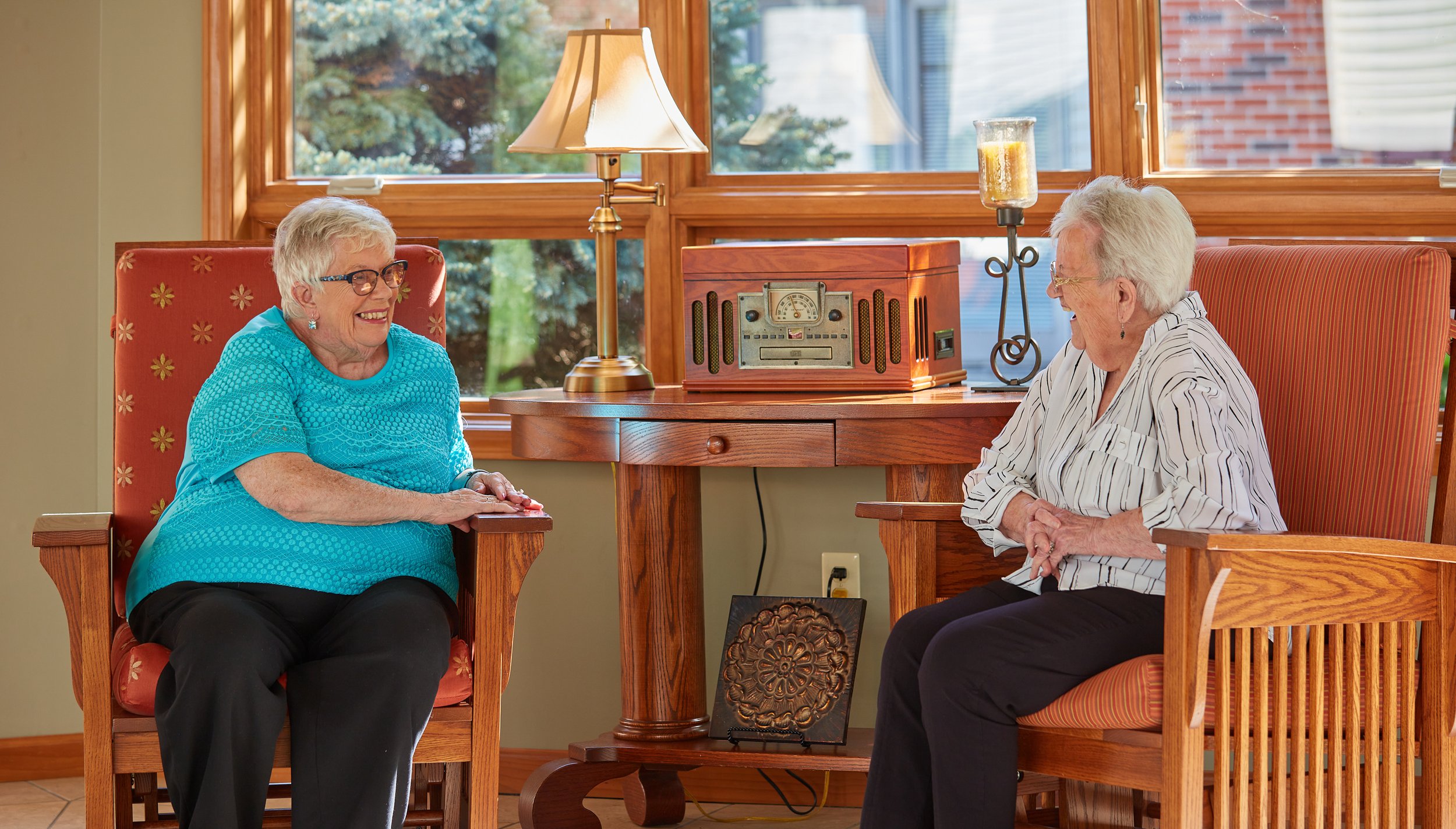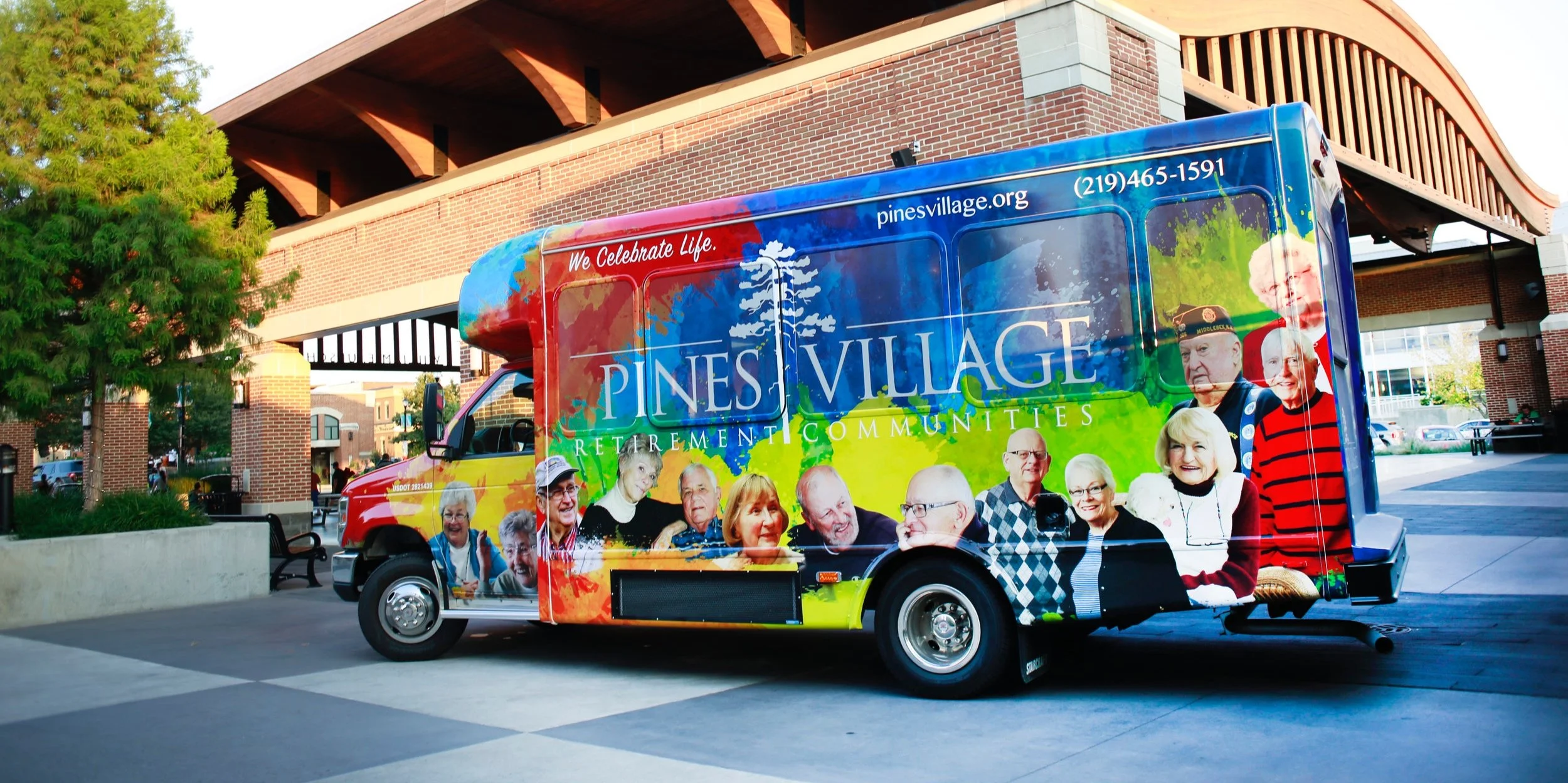Aging in place comes with so many changes as you transition into your senior years. It’s important to remember to take care of yourself and ensure that you are prioritizing your health through any journey you are on. Working on your physical health to mental health gives seniors the opportunity to continue to improve how they live a healthy lifestyle. Practicing routine mental health techniques contributes to better overall mental well-being. This is important for you as a senior as you go through major life changes as you age. Continue reading to discover some important mental health tips for seniors to follow and implement in their lives.
Healthy Mental Well-Being Tips
Mental health plays an essential role in our overall health. Taking care of your mental health and recognizing the signs and symptoms of mental health disorders will allow you to take the next step in your mental health journey. Starting your mental health journey will allow you to improve your quality of life.
Stick to a Healthy Lifestyle
It has most likely been emphasized to you the importance of having a healthy and balanced diet. Getting enough fruits and vegetables, protein, dairy, and healthy fats in each meal you have is the goal. However, sometimes our diet can really lack some of the important nutrients we need. If you find yourself eating more junk food instead of reaching for a bowl of fruit or incorporating protein into every meal you have, it’s time to change that habit. Eating right contributes to having healthy mental well-being. Fueling your brain with good food is an easy step you can take to keep your mental health sharp.
Not only does having a good diet contribute to better mental health but so does getting exercise. It’s important for us to keep moving as we age to keep our bones and muscles strong. Taking a walk around your community with some close friends is an easy way to get in some movement and stay active. You can also switch it up and try some tai chi to help better your balance.
You will also want to keep track of your sleep schedule. Getting enough sleep is essential for good brain function. When you have the proper amount of sleep, you will be able to easily focus the next day and have enough energy to be able to do any fun activities you have planned. And just like everything else, sleep is impacted as we age. If you feel like something isn’t right when you sleep, consider seeing your doctor.
On top of all this, the most important thing you want to stay on top of is making sure you are taking your medication. Ensure that you are taking your medication at the right times each day. If you see you are running low on a certain prescription, give your primary care physician a call to get it filled. Be sure to jot down any side effects you feel if you’ve started a new medication, as well.
Talk to Someone You Trust
Whether you are going through a period of grief or are experiencing depression or anxiety, it’s important to have a circle of people you trust to confide in. Having an outlet to release these feelings prevents you from being overwhelmed or stressed. Maybe getting together with a few of your neighbors and having conversations about what is going on in each other's lives is something that brings you relief. If this helps you feel relaxed and eases your feelings of anxiety, be sure to make this practice a priority for you. This will lead you to better emotional wellness.
Additionally, if you believe the emotions you are experiencing are more serious, find a mental health professional to talk to. Mental health can be a tough subject for some to come to terms with. It’s not uncommon for people to not want to ask for help; however, there is help available for you to take advantage of. Make an appointment with an online psychiatrist to discuss your mental health state and start your journey of mental growth. You a friend or family member can also research local mental health providers at Psychology Today.
Keep Busy
If you enjoy playing brain games or doing challenging puzzles, then you are keeping your brain function sharp. By doing mind games like crossword puzzles, you are stimulating your brain, which is needed more often as we age. Try blocking out 30 minutes a day to challenge yourself. If crosswords or sudoku puzzles aren’t your forte, try mastering a skill like knitting or baking.
Another way to keep busy as you age is to socialize with others. Socializing will help you come out of or avoid feelings of isolation and loneliness. Spend time with your friends and family by trying new things, getting together for a meal, or enjoying some time outdoors. You can also join any clubs or attend any events your community might be hosting. Getting involved and making new connections will contribute to your overall happiness and mental health.
Trying out these techniques will uncover ways you can greatly improve your mental well-being. Whether you're going through a period of grief, isolation, or anxiety, there are resources available for you to utilize. Exploring these different coping mechanisms will help to manage any stress or anxiety you are experiencing. Switch your mindset today by treating your mental wellness just as important as your physical wellness. Having a healthy body and mind will leave you with great satisfaction.
At Pines Villages, we promote the importance of keeping healthy and establishing a lifestyle that leads to wellness and happiness. Keeping your health a top priority allows you to fully enjoy all that life has to offer.
Pines Village Retirement Communities, Inc. is a nonprofit senior living community in Valparaiso, Indiana, with two campuses: Pines Village and Meridian Woods. The Pines Village campus offers pet-friendly independent living apartments with the option to add assistive services à la carte or in packages. The Meridian Woods campus consists of maintenance-free paired homes and Campbell St. Cafe, which, in addition to being a restaurant open to the public, hosts events and acts as a meeting space for residents and local nonprofits.
At Pines Village, we celebrate life by enriching the lives of older adults. We pride ourselves on our culture, which is driven by a passion for serving the residents, visitors, and staff of Pines Village as well as the greater Valparaiso community. Explore our senior apartment availability, learn more about our assisted living options, or contact us with any questions today.






